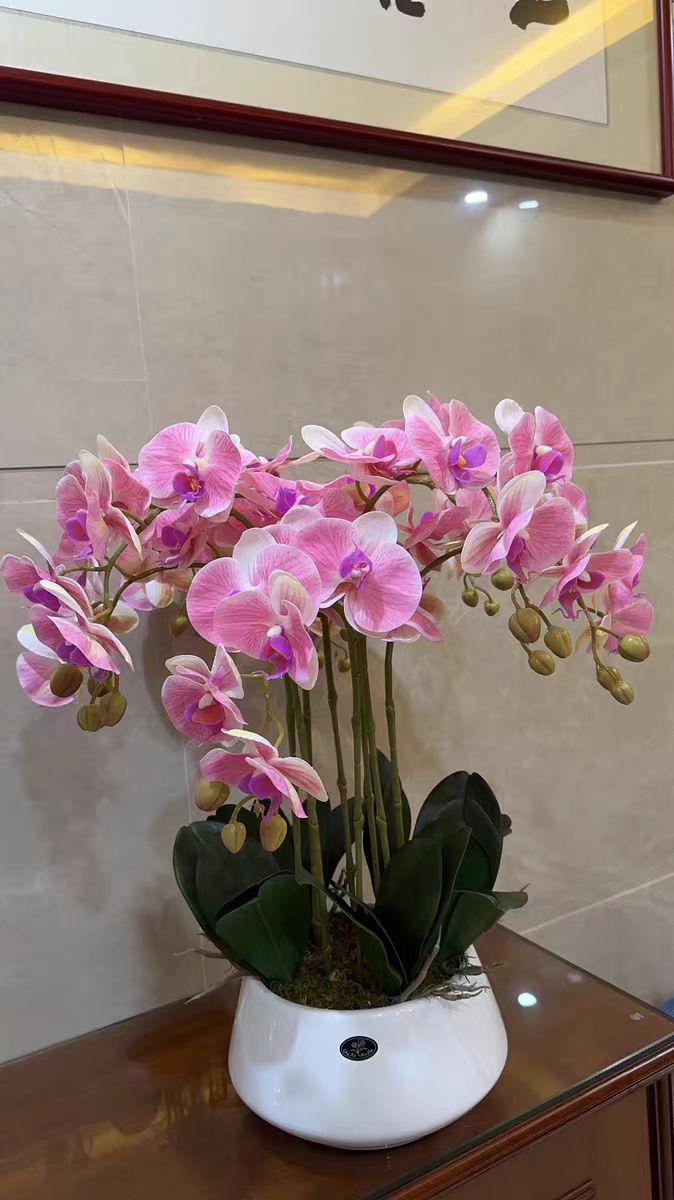Phalaenopsis, an elegant and popular ornamental plant, relies heavily on healthy roots for optimal growth. Understanding the characteristics of healthy roots and their functions is key to cultivating beautiful specimens.
Color Characteristics of Healthy Roots
Healthy Phalaenopsis roots exhibit distinct color traits. Normally growing roots appear plump and white, with a transparent velamen (a protective membrane) covering their surface, akin to a protective suit for the roots. When fully hydrated, they turn a translucent light green, indicating healthy water absorption.
Conversely, yellowing, darkening, or rotting roots signal poor health, often caused by overwatering or fungal infections.
Morphological Traits of Healthy Roots
In terms of morphology, healthy roots are tough, thick, and highly resilient, resisting easy breakage. The tips of the roots are tender white and vibrant, continuously growing and extending.
Unhealthy roots, by contrast, may become (shriveled and dry), thin, and weak, with blackened and necrotic tips that have lost growth vitality.
Distribution and Function of Healthy Roots
Healthy roots are evenly distributed, naturally spreading within the pot and tightly adhering to growing media like sphagnum moss or bark. They firmly grasp the substrate, providing stable support for the plant.
Key Functions of Phalaenopsis Roots
Absorption
The most fundamental role of roots is absorption. Unlike most plants rooted in soil, Phalaenopsis grows in loose substrates, using stomata in the velamen to absorb moisture from the air and nutrients from the substrate. These water and nutrients are transported via vascular tissues to all parts of the plant, meeting its growth and blooming needs.
Fixation and Support
As epiphytic plants, Phalaenopsis naturally cling to tree trunks or rocks. Their roots act like strong grips, tightly coiling around (supports) to keep the plant stable in complex environments. In cultivation, roots anchor the plant in the potting medium, supporting its weight and ensuring upright growth.
Photosynthesis
Phalaenopsis roots contain chlorophyll, enabling them to perform photosynthesis under light. This process synthesizes organic compounds for the plant, aiding growth and development. Additionally, roots secrete substances into the substrate that improve the rhizosphere environment, promote beneficial microbial growth, and enhance the plant’s resistance to pathogens.
Understanding the characteristics and functions of healthy Phalaenopsis roots is essential for successful cultivation. By closely monitoring root status in daily care, you can effectively maintain the health and vitality of your plant’s root system.
What kind of roots are considered healthy for Phalaenopsis?

Share with
Tagged in :




Leave a Reply